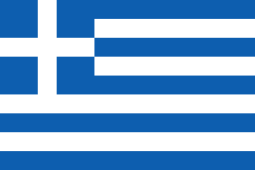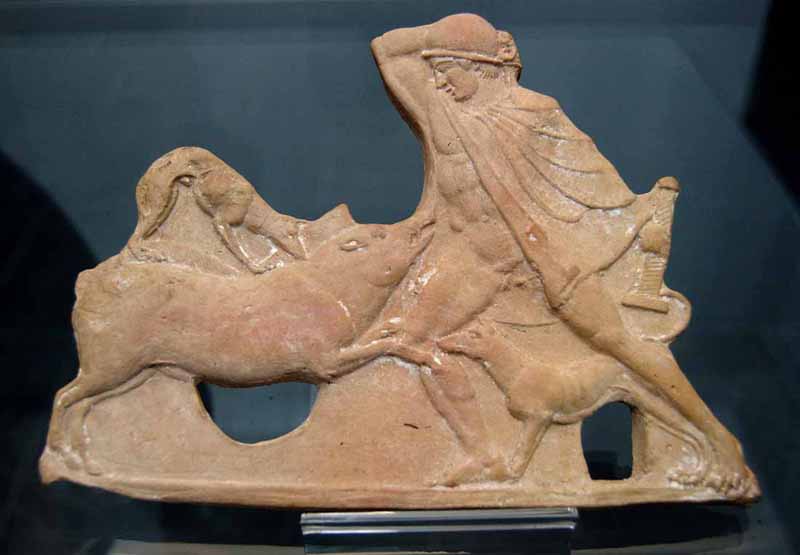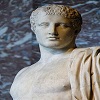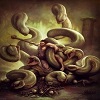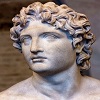Crommyonian Sow
The Female Wild Pig
The Crommyonian Sow was a wild pig that ravaged the region around the village of Crommyon between Megara and Corinth, and was eventually slain by Theseus in his early adventures. According to the Bibliotheca of Pseudo-Apollodorus, it was said by some to be the daughter of Echidna and Typhon, and was named after the old woman who raised it.
According to Strabo, the sow was said to be the mother of the Calydonian Boar. Gaius Julius Hyginus says that the pig Theseus killed at Crommyon was a boar.
Plutarch repeats the story, but states that he had also been told that Phaia herself was a murderous female robber, and was nicknamed "Sow" because of her uncouth manners, and that she was the "sow" killed by Theseus.
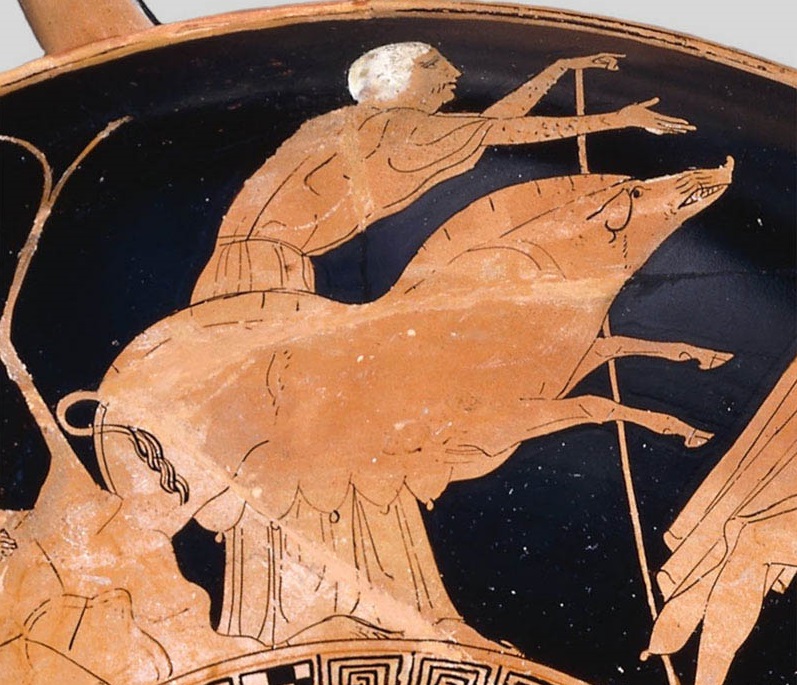
CLASSICAL LITERATURE QUOTES
Bacchylides, Fragment 18 (trans. Campbell, Vol. Greek Lyric IV) (Greek lyric C5th B.C.) :
"He [Theseus] has killed the man-killing sow in the glens of Kremmyon (Crommyon)."
Plato, Laches 196e (trans. Lamb) (Greek philosopher C4th B.C.) :
"Sokrates (Socrates) : You do not believe that even the Krommyonian (Crommyonian) sow could have been courageous . . . for him who states this theory to refuse courage to any wild beast."
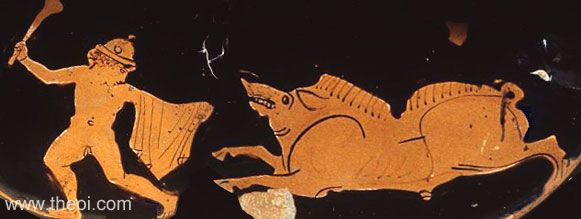
Pseudo-Apollodorus, Bibliotheca E1. 1 (trans. Aldrich) (Greek mythographer C2nd A.D.) :
"Theseus slew the sow at Krommyon (Crommyon) called Phaia (Phaea) after the old woman who kept it. Some say its parents were Ekhidna (Echidna) and Typhon."
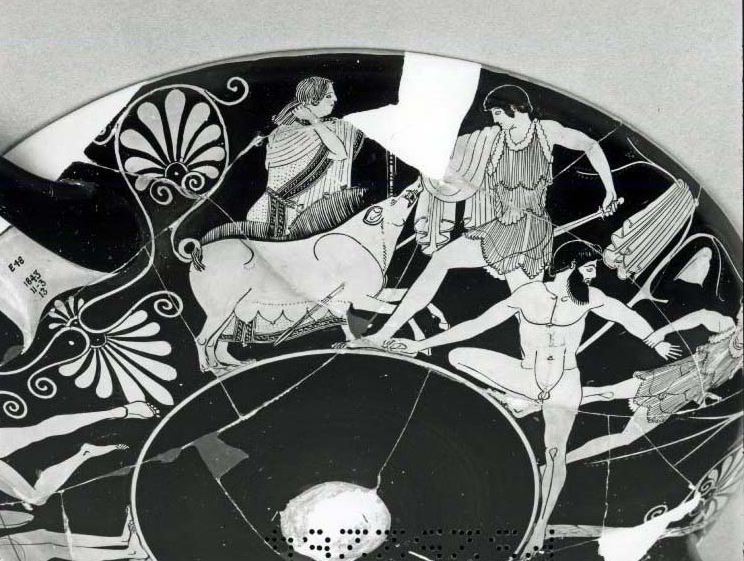
Strabo, Geography 8. 6. 22 (trans. Jones) (Greek geographer C1st B.C. to C1st A.D.) :
"Krommyon (Crommyon) is a village in Korinthia (Corinthia), though in earlier times it was in Megaris; and in it is laid the scene of the myth of the Krommyonian Sow, which, it is said, was the mother of the Kaledonian (Calydonian) Boar; and, according to tradition, the destruction of this sow was one of the labors of Theseus."
Pausanias, Description of Greece 2. 1. 3 (trans. Jones) (Greek travelogue C2nd A.D.) :
"Here [at Kromyon (Crommyon) on the Isthmos] they say that Phaia (Phaea) was bred; overcoming this sow was one of the traditional achievements of Theseus."
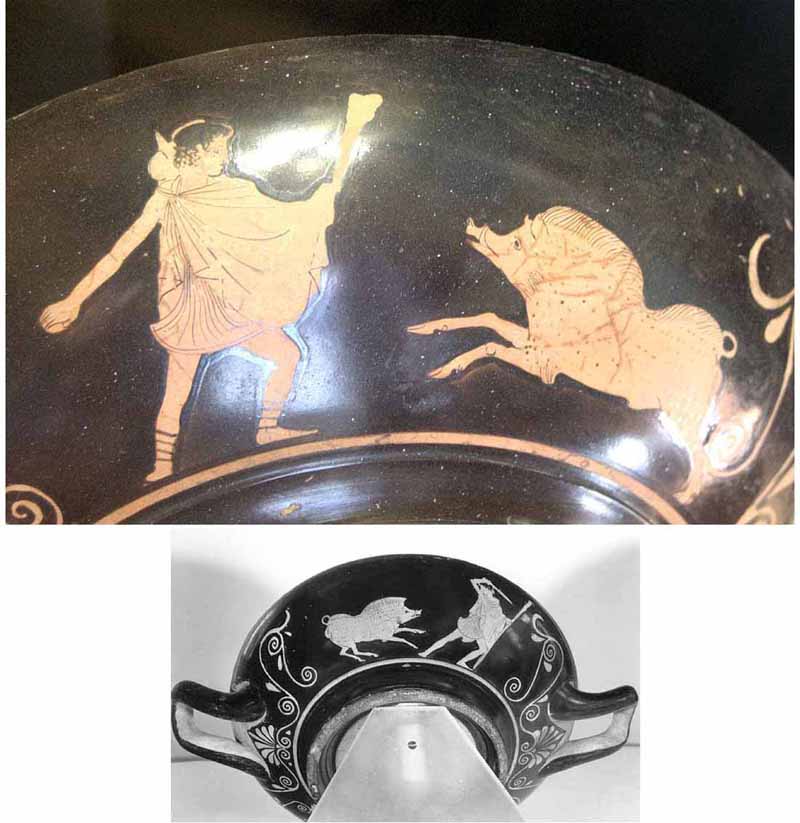
Diodorus Siculus, Library of History 4. 59. 4 (trans. Oldfather) (Greek historian C1st B.C.) :
"For his [Theseus’] third deed he slew the wild sow which had its haunts about Krommyon (Crommyon), a beast excelled in both ferocity and size and was killing many human beings."
Plutarch, Life of Theseus 9. 1 (trans. Perrin) (Greek historian C1st to C2nd A.D.) :
"Now the Krommyonian (Crommyonian) Sow, which they called Phaia (Phaea), was no insignificant creature, but fierce and hard to master. This sow he went out of his way to encounter and slay, that he might not be thought to perform all his exploits under compulsion, and at the same time because he thought that while the brave man ought to attack villainous men only in self defence, he should seek occasion to risk his life in battle with the nobler beasts. However, some say that Phaia was a female robber, a woman of murderous and unbridled spirit, who dwelt in Krommyon, was called Sow because of her life and manners, and was afterwards slain by Theseus."
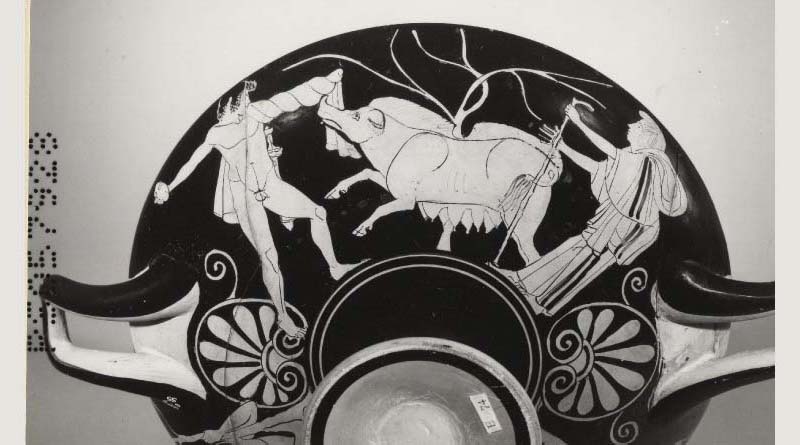
Pseudo-Hyginus, Fabulae 38 (trans. Grant) (Roman mythographer C2nd A.D.) :
"He [Theseus] slew the wild boar at Cremyon (Crommyon)."
Ovid, Metamorphoses 7. 433 (trans. Melville) (Roman epic C1st B.C. to C1st A.D.) :
"Great Theseus, mighty prince . . . Your work, your gift it is that safe from that fierce sow (sus Cromyona) the farmers till the fields of Cromyon."
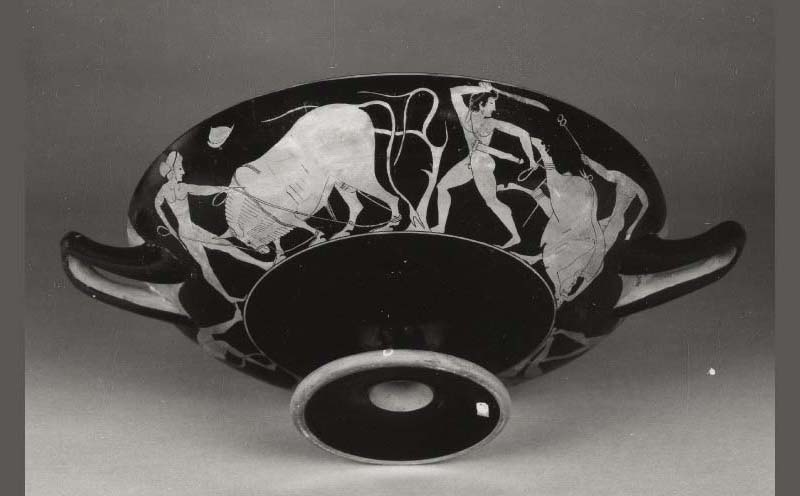
Sources
Apollodorus, Epitome 1
Strabo, 8.6.22.
Hyginus, Fabulae 38.
The Parallel Lives by Plutarch published in Vol. I of the Loeb Classical Library edition, 1914, p.21
GREEK
Greek Lyric IV Bacchylides, Fragments - Greek Lyric C5th B.C.
Plato, Laches - Greek Philosophy C4th B.C.
Apollodorus, The Library - Greek Mythography C2nd A.D.
Diodorus Siculus, The Library of History - Greek History C1st B.C.
Strabo, Geography - Greek Geography C1st B.C. - C1st A.D.
Pausanias, Description of Greece - Greek Travelogue C2nd A.D.
Plutarch, Lives - Greek Historian C1st - 2nd A.D.
ROMAN
Hyginus, Fabulae - Latin Mythography C2nd A.D.
Ovid, Metamorphoses - Latin Epic C1st B.C. - C1st A.D.

